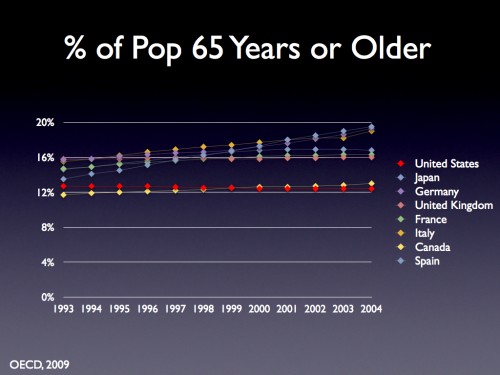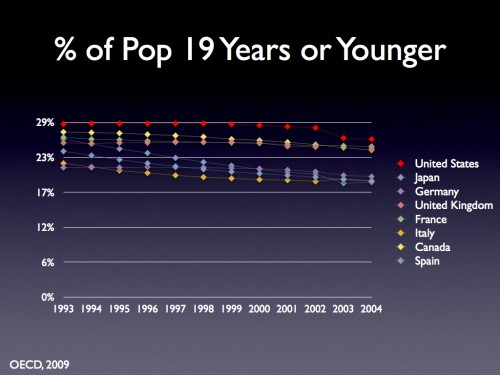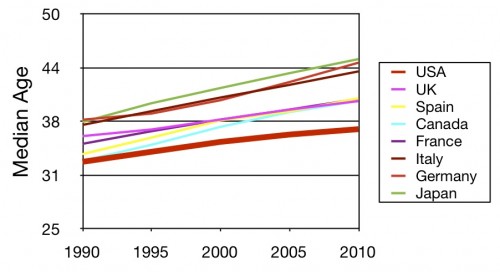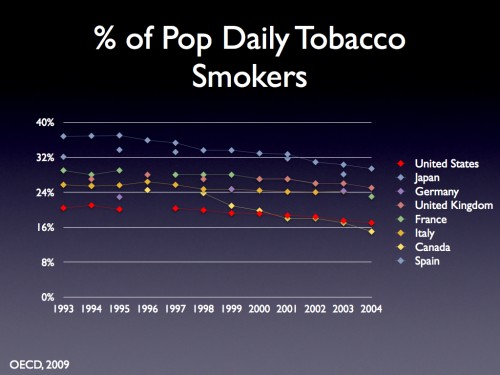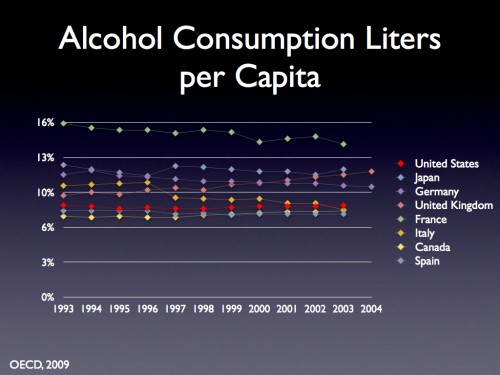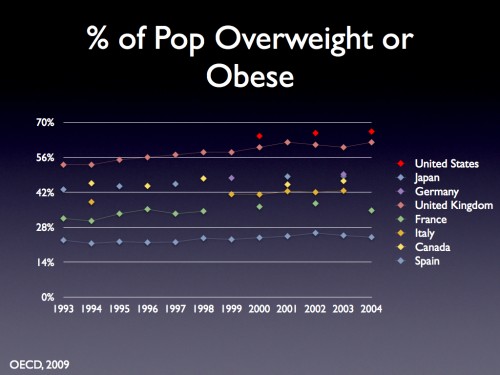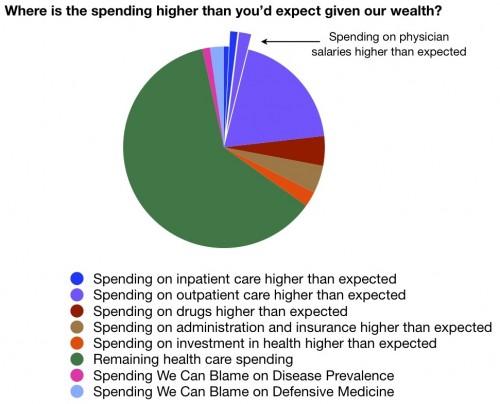If you haven’t read the introduction, go back and read it now. That introductory post also includes links to all the posts in this series on what makes our health care system so expensive. Each of these pieces is going to discuss one of the components of unexpected spending that accounts for why our system is so expensive.
Remember, these posts are going to follow a common theme. I am going to highlight how the United States is spending more than you’d expect given our wealth. Much of this comes from the McKinsey & Company study, Accounting for the cost of health care in the United States.
Red Herrings are things that divert our attention away from things of true significance. In the case of health care spending, I’m using red herrings to describe the things that people sometimes believe are the real reasons for blame, when they either just aren’t or not nearly as much as thought.
1) People in the United States are older.
One time when I was a guest on a radio show, a caller claimed that in other countries, they rationed care for the elderly. Therefore, old people died. This meant that there were more old people in the United States. Since the elderly consume more care, in general, that accounts for our extra spending. Done!
No:
As you can see, the United States has the lowest percentage of its population age 65 and above. This argument is completely wrong. In fact, it gets worse:
The United States also has the largest percentage of children. They are the cheapest group to care for. If you need further convincing, here is a chart showing the median age of these countries (the US is that thick red line at the bottom):
So – if anything – the age of the United States population is set up to make our health care system cost less. Try again.
2) People in the United States have unhealthy habits.
Surely you’ve heard this one. We make unhealthy choices. We bring it on ourselves. How? First of all, we smoke less:
And we drink less:
So, those reasons are out. In fact, those details should make our system cheaper! Yes, we do eat too much:
But does that alone account for our increased costs?
3) We are inherently more unhealthy.
Since I’ve covered this elsewhere in detail, I’m not going to do it again here. I encourage you to go read that post. But, in summary, analyses have been conducted looking at the relative prevalences of disease states (including obesity) in the United States and other countries. And, perhaps, the prevalence of diseases (including obesity) in the United States could account for about $25 billion in extra costs. But it’s not the demon some claim it is. It’s a red herring.
4) Malpractice.
I’m already bracing for the screaming. You should be ready for this, if you’re a reader of this blog. Yes, the malpractice system costs money. Yes, defensive medicine exists. But no, malpractice is not the real reason for the high cost of care in the United States, and no, tort reform won’t fix it.
How much does the malpractice system cost? The most recent estimate published in Health Affairs found that medical liability system costs are about $55.6 billion in 2008 dollars, or about 2.4% of all US health care spending. Most of this, or about $47 billion, is due to defensive medicine. So yes, that is theoretically care that should be reduced. But we have no idea how much of it is actually not beneficial. It’s likely that some good comes from that care. How much? Blaming the massive amount of overspending we’re seeing on this relatively small amount is not going to help.
Moreover, pushing this as the real cause of high costs is misleading because there’s little reason to believe that tort reform will do any good. A recent study showed that tort reform which led to a 10% reduction in malpractice premiums might translate into a health care spending reduction of 0.1%. That’s not going to make any difference. This is confirmed by what we’ve seen tort reform do in Texas. And, it’s confirmed by what we’ve seen tort reform do in California.
Malpractice isn’t the root cause of our cost problem, and tort reform isn’t the solution. I wish it were that easy.
So, to recap, our population’s age doesn’t account for any costs at all. Both disease prevalence and malpractice do, but even then, they aren’t significant factors. Let’s add them to the chart:

